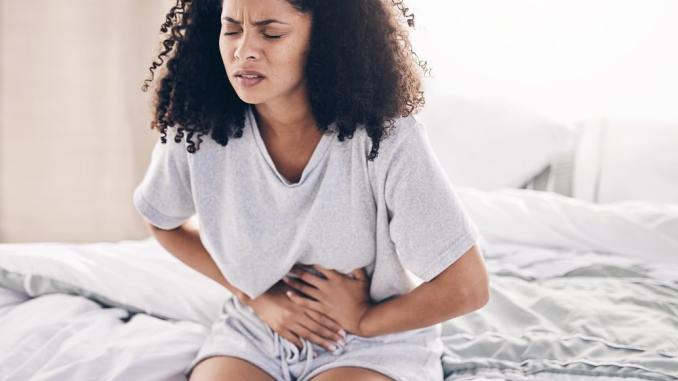
Endometriosis can be a painful disorder in which tissue that normally lines the inside of your uterus; the endometrium grows outside your uterus. Endometriosis is a health issue faced by many women and most commonly involves your ovaries, fallopian tubes, and the tissue lining your pelvis. Rarely, endometrial tissue may spread beyond pelvic organs.
If your medications aren’t doing the trick, or you simply prefer natural treatments and therapies, here are a few that have been said to improve health and help ease endometriosis pain. However, remember there isn’t much scientific support in regard to alternative medicine and its ability to treat endometriosis safely and effectively.
Five tips for fighting Endometriosis
1. Reduce your intake of chemicals.
There’s more and more evidence that exposure to environmental chemicals dioxins and polychlorinated biphenyls (PCBs) is linked to an increase in the prevalence of endometriosis and the severity of its symptoms.
The only way to cut down on exposure to these chemicals is to reduce the amount of animal fat in your diet, as it’s our main source of exposure to those harmful substances. Try to increase your intake of celery, parsley, broccoli, cauliflower, cabbage, kale, Brussels sprouts, and Bok Choy, as they’ve been shown to improve women’s estrogen metabolism. There have also been studies that suggest eating flaxseeds can improve estrogen-related conditions.
2. Use progesterone cream.
Endometriosis patients often recommend progesterone cream to relieve pain symptoms. It’s also believed that progesterone may slow the growth of abnormal endometrial tissue. However, there haven’t been any conclusive studies on it in regard to its effectiveness or its safety.
The application of this cream must be supervised by a professional and you must abide by the schedule you are given as side effects can include severe mood changes, weight changes, and menstrual bleeding issues.
3. Increase your intake of omega-3 fatty acids.
There have been several studies advising omega-3 fatty acids are good for women with endometriosis. It can reduce levels of an inflammatory chemical and slow the growth of endometrial tissue.
The most common source of these acids is fish, including salmon and sardines. However, the most recommended source would be fish oil capsules as reputable brands have just a small amount of the harmful chemicals mentioned earlier.
4. Reduce your stress levels.
Stress is directly linked to hormonal imbalance. Hormones such as cortisol have been known, in some studies, to show up with more frequency in women with an advanced type of endometriosis compared to those not affected by any form of the disease. There are several natural ways to reduce stress, from supplements like vitamins B and C, zinc, and magnesium to a different approach like meditation or breathing exercises.
5. Try homemade remedies.
Simple homemade recipes, including ginger tea mixed with raw honey and a contrast sitz bath (alternating between hot and cold water basins), are both believed to relieve nausea and endometriosis-related pain.


Leave a Reply